If your business is just starting out, and you’re looking for a good & intuitive virtual data room to hold all of your secure transactions, it makes sense that you would look for the most cost-effective VDR to suit your needs.
As a new startup business, your needs may not be as extensive as a much larger corporation, and you might be on a tighter budget due to startup costs.
Cheap or free virtual data room providers may not be the budget-friendly choice you want to make.
Choosing the right Virtual Data Room for your business's current and future goals is ideal, no matter the cost. You want something you can grow with and that has all of the features you want and need.
Let's first take a look at free virtual data room providers on market right now.
Free virtual data rooms
- FirmRoom
- Box
- Dotloop
- Clinked
- Koofr
- Ftopia
- GoogleDrive
A closer look at low-cost or free VDRs
1. FirmRoom

FirmRoom is a leading online data room which offers the essential functions of other VDR providers such as drag and drop, bulk file upload, and permission settings. Awarded as a “Rising Star” by FinancesOnline, FirmRoom is taking the industry by storm. Although they are most acclaimed for their M&A solutions, FirmRoom is suited to fit a wide variety of industries. Renowned users include Pfizer, Baird, and J.P.Morgan.
2. Box
.webp)
Box is a low-cost VDR option that is slightly better than a standard file sharing software program like DropBox. Box can be a good option for those with a smaller budget, however, there is a lack of security features, especially compared to higher profiled VDR programs. Due to this, Box is not a great option for large stake business transactions.
3. Dotloop
.png)
Another cheap VDR program is called Dotloop. While it does offer collaboration, auditing and data storage management, is it not a good option for managing M&A deals and transactions. Dotloop lacks data protection and due diligence management. It is much better for geared towards agents and real estate brokers.
4. Clinked
.webp)
This VDR offers 24/7 customer service, due diligence management, and data protection, it still isn’t perfect for an M&A company. The Clinked software misses completely with not being capable of handling role-based permissions or data storage management.
5. Koofr
.webp)
Koofr is headquartered in Slovenia, and is another inexpensive virtual data room software provider. And they offer up to 2 GB of free storage. One reason companies chose Koofr, is because of their ability to integrate with other cloud storage sites. Another reason is that the plan, clean interface makes it easy for users to learn. Unfortunately, Koofr does not offer collaboration features, and lacks features tailed to M&A and due diligence such as audit logs, watermarking, and analytics. They also have minimal customer service support available.
6. Ftopia
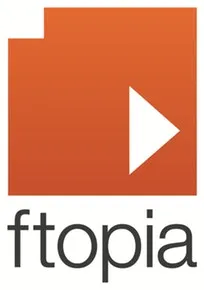
Ftopia is a Paris based company and is used as a project repository, FTP server, and secure file sharing server. Ftopia offers up to 10 users, 3 rooms, and 5 GB, for free. They offer the most advanced features compared to other free VDRs including custom branding, permissions, collaboration, and audibility. In terms of security, Ftopia has data encryption, intrusion prevention, automatic data redundancy, access-rights management, and SAS 70 Type II-certified protection. However, this VDR provider isn’t designed specifically for M&A or due diligence.
Google Drive and DropBox are both two inexpensive or free file sharing software programs that can have its users sharing information in real time online through the cloud. On Google documents, you’re able to leave comments and tag them to exact spots on the page for others to see. For personal use, these programs and the capabilities that they offer are really great. For businesses, not so much.
Is there a difference between VDR providers?
There is a huge difference between data room providers.
You want to make sure they focus on security, efficiency and are easy to use. You want to make sure that the program is easy enough to use and that the training time is minimal.
It should be so efficient that it can do everything for you, from role management to live comments being displayed between users. If you can do your entire transaction from start to finish in one data room, that’s great!
But above all, you want to make sure that your software provides security like no other.
Lower cost data rooms don't cover everything as well as their higher priced competitors like FirmRoom for example. It includes security features, flexible permissions options, audit logs and analytics.
See also how much do virtual data rooms cost?
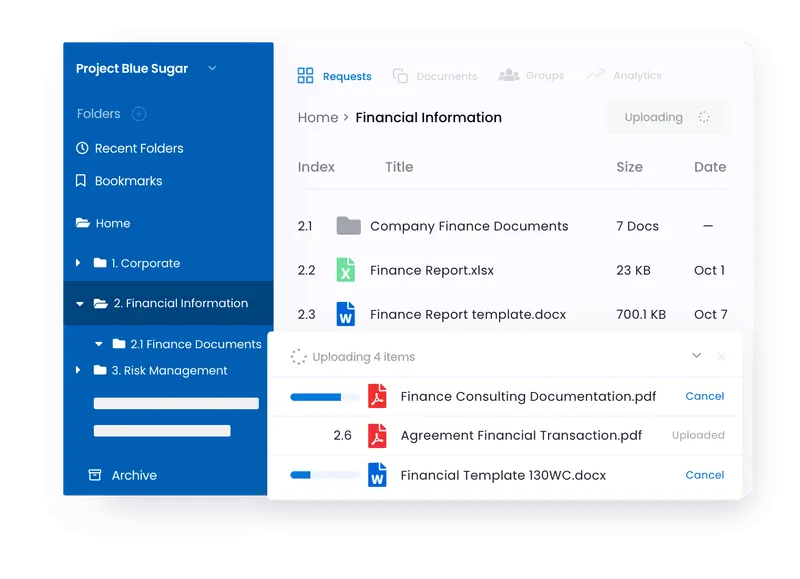
Why low-cost VDRs aren’t the best choice?
While virtual data rooms are a step up from free software share programs, not all VDRs are created equally. Each one is made to cater to a different demographic or business type.
Not all of them will provide the features that you are looking for and/or need.
Even worse, when you use a free software share program, or a cheap VDR, you run the risk of having horrible customer service.
What if there comes a time when you are in need of customer support? And you need it quickly. If you are using free or cheap software, you may have to write an email and wait a few days for a response.
When you use a larger profiled VDR program like FirmRoom, you are assigned a customer service manager who oversees you and helps out every time you call.
This alone is worth a great deal because you can work safely and confidently knowing that if you ever need something, someone is always available to help.
Why Google Drive and DropBox are not a good VDR substitute?
When a business has important data that they need to keep secure, using publicly accessible software share programs is an invitation to hackers to come and take it.
Unfortunately, Google Drive and DropBox, do not offer the security features you need to do your business in a secured location.
Paid data room services like FirmRoom often carry a much more substantial amount of security to protect you and your clients from any data breaches.
This is an especially important feature to have if you are in an M&A business because the documents shared during transactions are confidential and sensitive. For M&A we specifically recommend check DealRoom M&A lifecycle management software.
A VDR can provide a safe way for all parties to review and exchange information as they engage in negotiations and try to finalize deals.
As data rooms become increasingly popular, especially amongst startups and investment bankers, developers are constantly seeking more ways to make them even more secure and sophisticated.
Investing in a Virtual Data Room - Why is it better?
Even worse, when you use a free software share program, or a cheap VDR, you run the risk of having horrible customer service.
What if there comes a time when you are in need of customer support?
If you are using free or cheap software, you may have to write an email and wait a few days for a response.
When you use a larger profiled VDR program, you are assigned a customer service manager who oversees you and helps out every time you call.
This alone is worth a great deal because you can work safely and confidently knowing that if you ever need something, someone is always available to help.
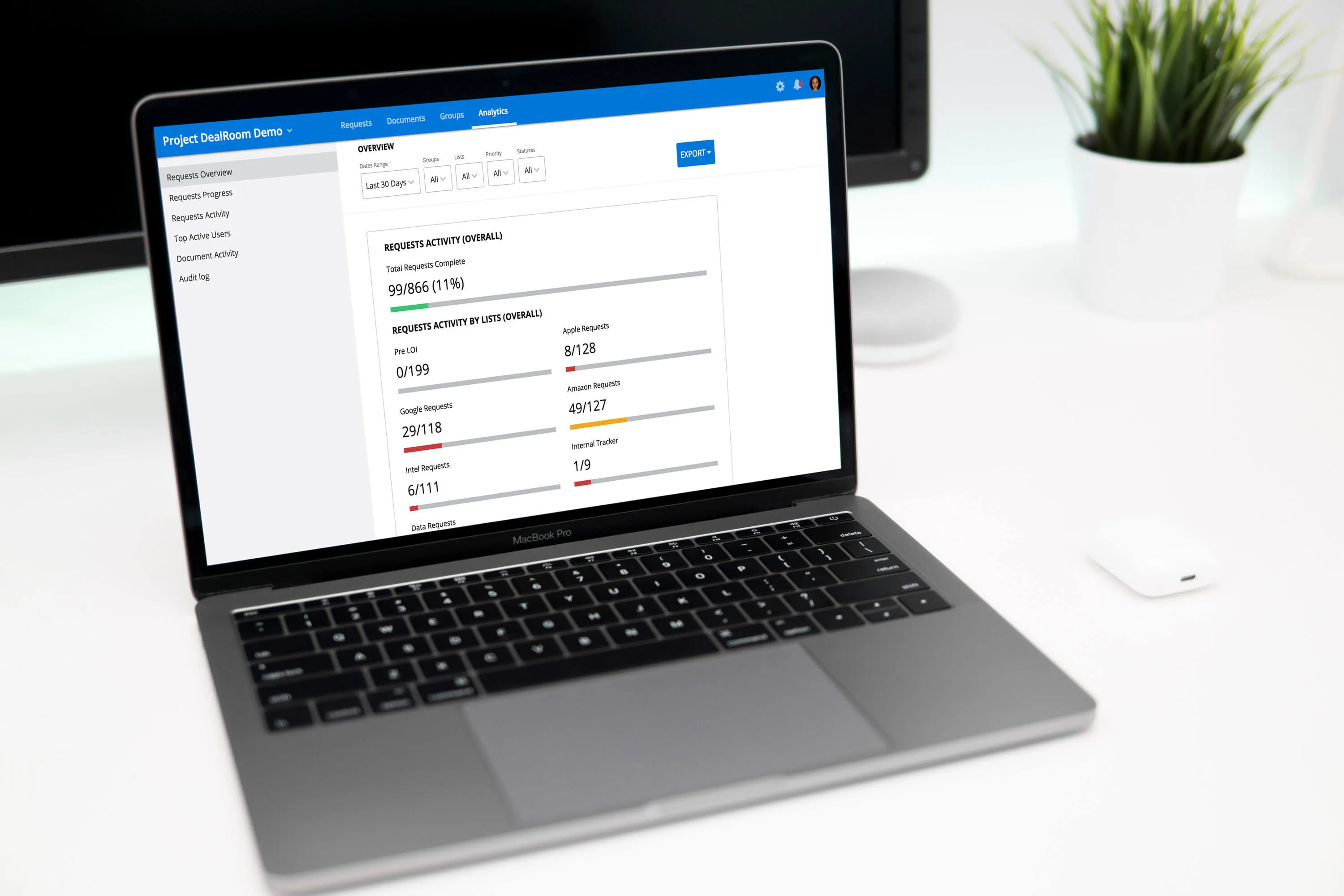
Why Startups pick solutions such as FirmRoom virtual data room
Virtual data rooms were first created over 20 years ago and their introduction revolutionized the due diligence process.
However, technology has moved on. Although there are still dozens of applications on the market that largely stick to the playbook of these first generation VDRs, as a result of the importance of staying competitive in the digital age, the way startups use virtual data rooms has completely changed.
Reasons startups choose FirmRoom are:
File access & distribution
FirmRoom comes with more than just a basic security and data sharing program. They also have the ability to create meaningful analytics using the information you provided. This helps startups to see pitfalls and the more profitable areas of the business, allowing you to target them and fix or exploit for maximum profitability.
Document Tracking
When doing a deal, it's great to be in control of the documents and viewing permissions, but it’s even better when you can see exactly what documents your clients are looking at. This helps you to get a better feel for what their interests are and can help you to better cater the deals to them. Allowing you to be much more efficient and close the deal faster.
Real Time Analytics
When startups are talking with prospective investors, data rooms help them analyse interest. Virtual data rooms for startups allow smaller companies to see which investors are spending the most time reviewing specific company documents and how much time they spent in a room to get a better idea of their engagement level.
Secure Information Sharing
Financial updates, growth reports, and intellectual property information of startups can easily be shared and transferred with prospective investors, advisors, and business partners. Investors can also be automatically alerted as files are shared.
At FirmRoom, our team can help you set up an investor specific data room, including the key elements of a business plan and marketing materials, intellectual property, financial statements, sales and marketing, technology, and management information.
Managing Due Diligence
Built-in requests management allows all startup investor due diligence requests to go through the platform, eliminating the need for Excel trackers and emails. By using a due diligence data room, all reports can be collected and centrally stored, creating an organized space of information from the beginning of the process.
Try secure document sharing and collaboration with real-time analytics at hand.
When choosing your VDR provider, make sure that you don’t simply choose the cheapest option. Look for a company that can provide you with everything you need.
Choosing a provider that can help with your secured transactions, make the process more efficient and allow you to close deals faster is worth the financial investment. Try it free for 30 days. No credit card required.
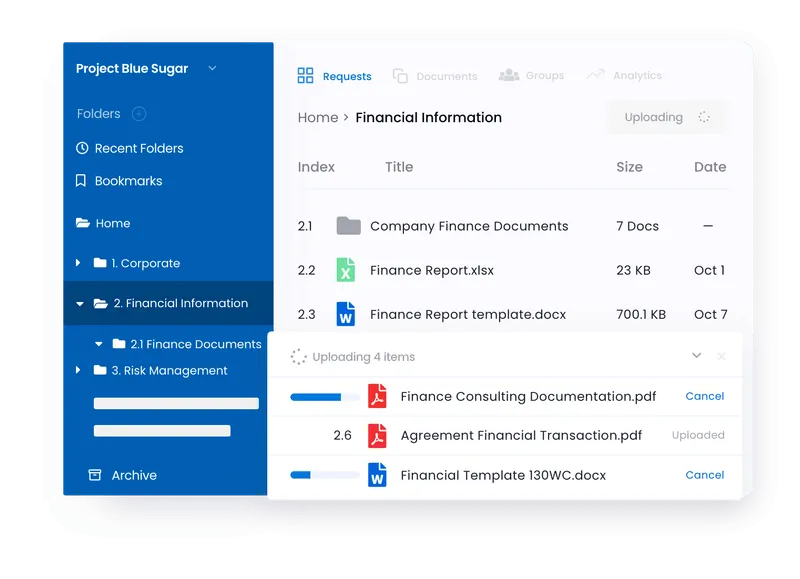


.webp)
.webp)












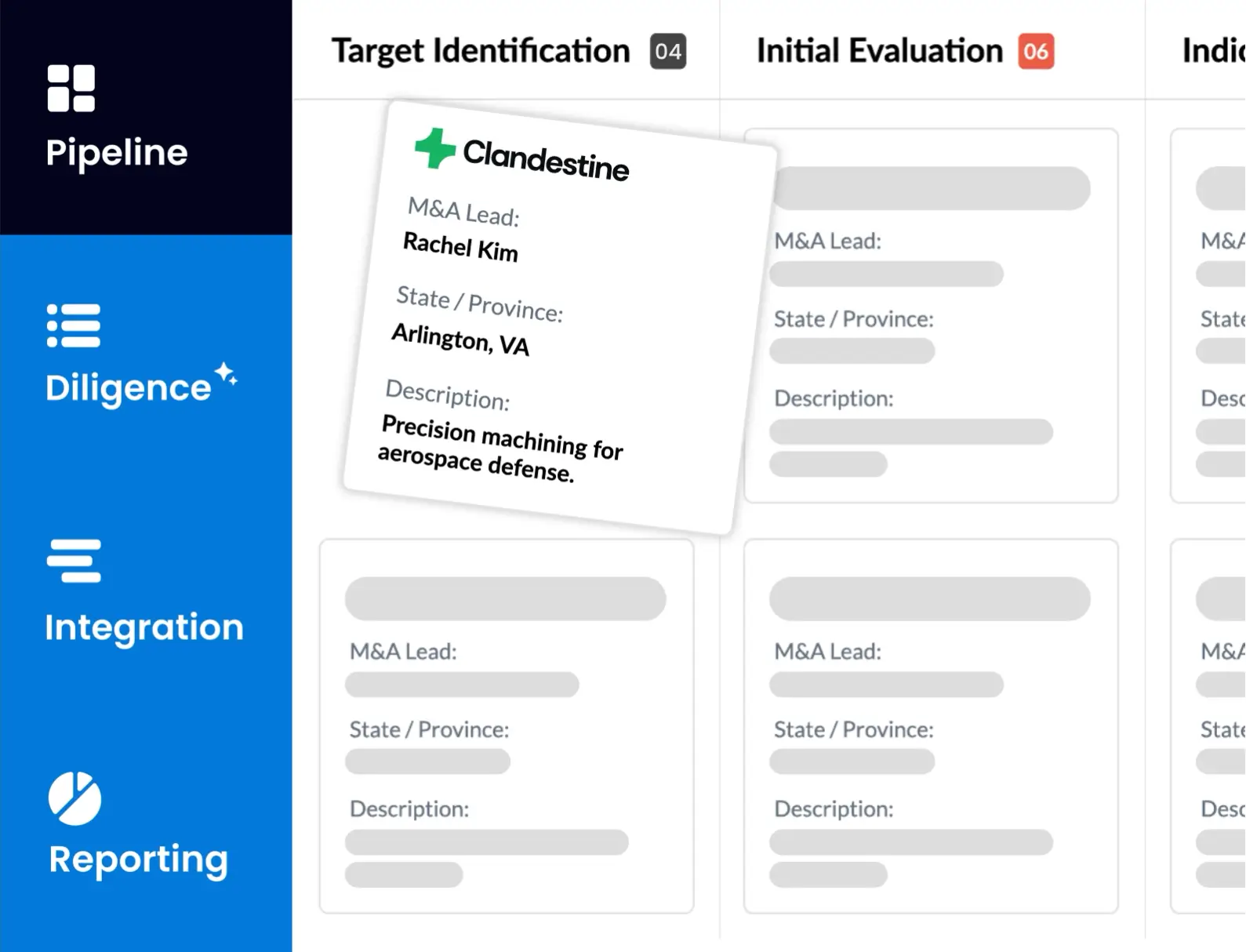


.jpg)



.webp)
.webp)
.webp)
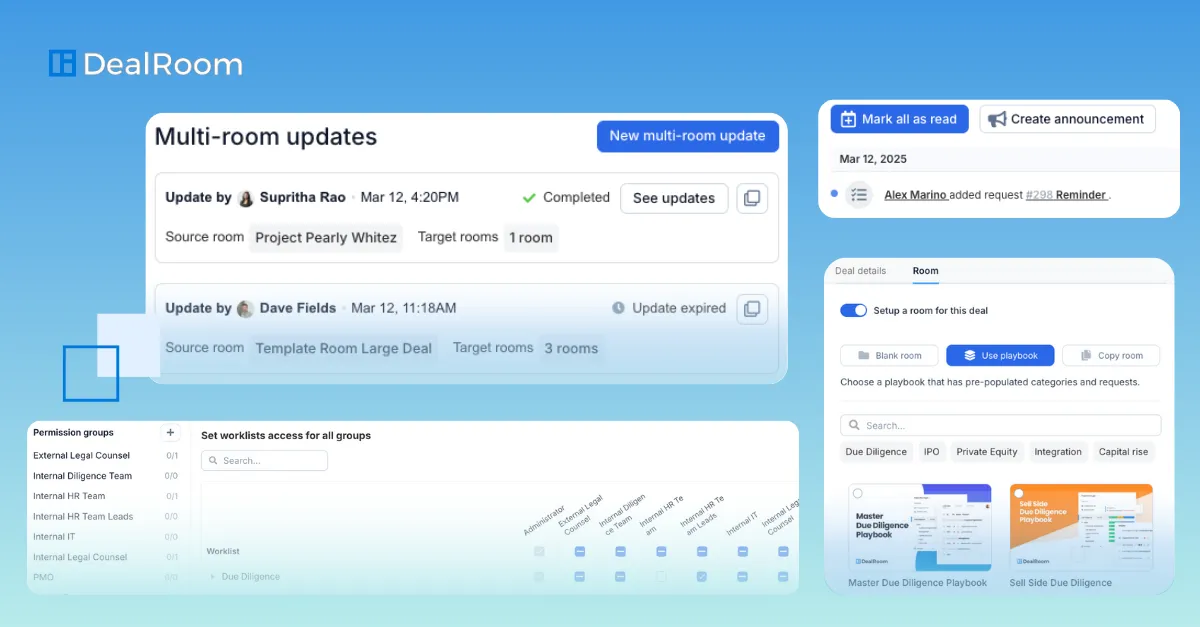





.png)
.png)
.png)
.svg)

.svg)
.png)

